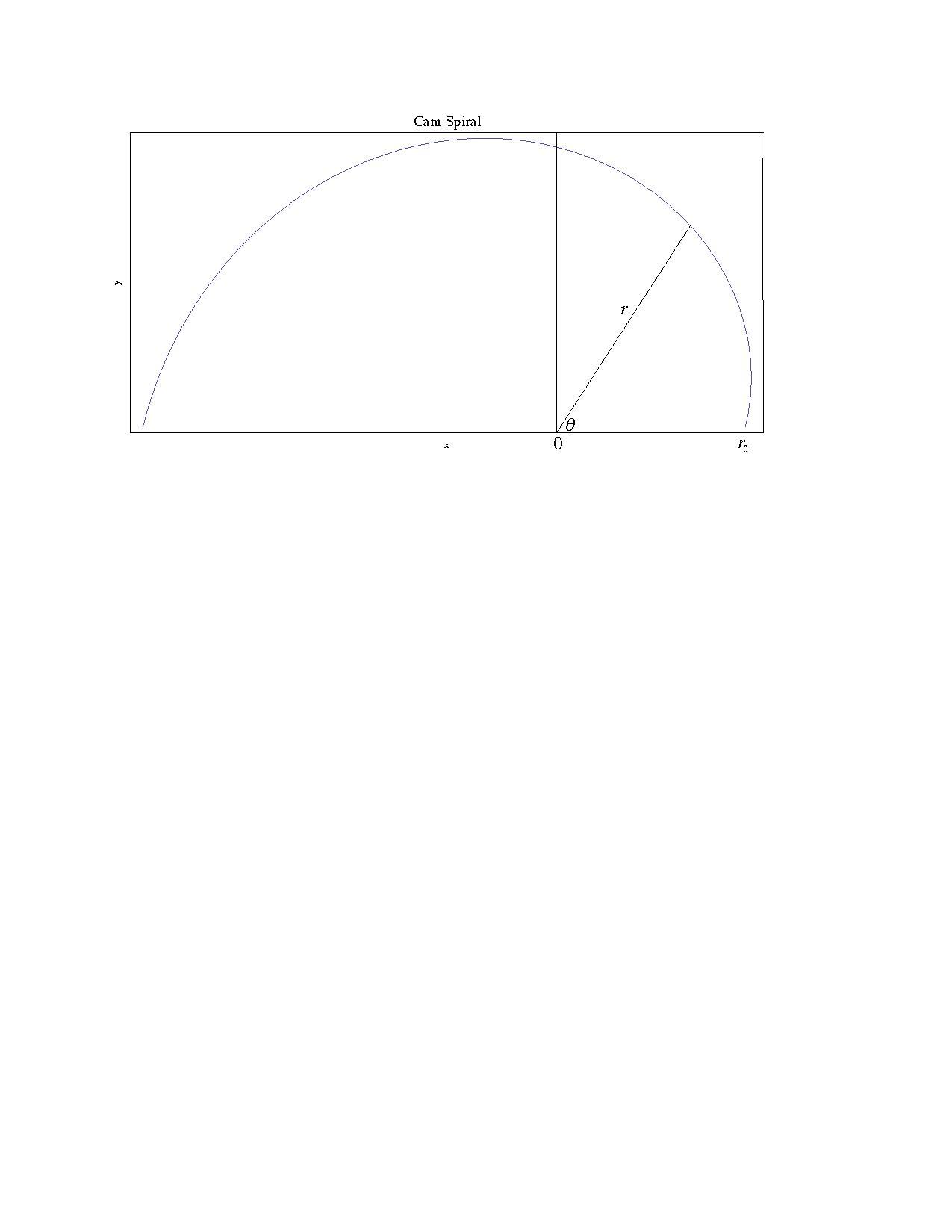
The wet adiabatic lapse rate is given by the equation:

In this equation, M is the mass of a mole of air, which is about .018044454 kg. g is gravitational acceleration. R is the ideal gas constant. Pv is the vapor pressure. P is the air pressure. L is the latent heat of vaporization per mole, which has units of J/mol in this instance. T is the temperature in Kelvin.
For the purposes of this article,  =force of friction,
=force of friction,  =normal force,
=normal force,  =gravitational force in the case of a static force applied to the cam or applied force in the case of a fall, r=radius,
=gravitational force in the case of a static force applied to the cam or applied force in the case of a fall, r=radius,  =angle,
=angle,  =coefficient of friction between the SLCD and the rock,
=coefficient of friction between the SLCD and the rock,  =r(0)=smallest radius of the camming lobe, C=a constant. We'll start by modeling the cam lobe as a 2-dimensional invincible bar of varying length r.
=r(0)=smallest radius of the camming lobe, C=a constant. We'll start by modeling the cam lobe as a 2-dimensional invincible bar of varying length r.

We need to find the relationship between the coefficient of friction and the angle. We'll do this by setting forces equal and such.






We also need to derive the spiral shape of the cam lobe keeping in mind that we want to maintain the same value of  as the rock wall gets further from the cam at the point of contact. Note that for this derivation, it does not matter whether the crack is closing, parallel, or flaring because we are only paying attention to the one point at which the cam comes in contact with the rock, which can only be further from or closer to the cam center. In order to derive the spiral, we will express the relationship between
as the rock wall gets further from the cam at the point of contact. Note that for this derivation, it does not matter whether the crack is closing, parallel, or flaring because we are only paying attention to the one point at which the cam comes in contact with the rock, which can only be further from or closer to the cam center. In order to derive the spiral, we will express the relationship between  and infinitesimal movements of the contact point.
and infinitesimal movements of the contact point.










C=r(0)

But r cannot be less than r(0) by the definition of r(0) since we do not have negative r values in this case, so

Note the graph of the spiral below.





























